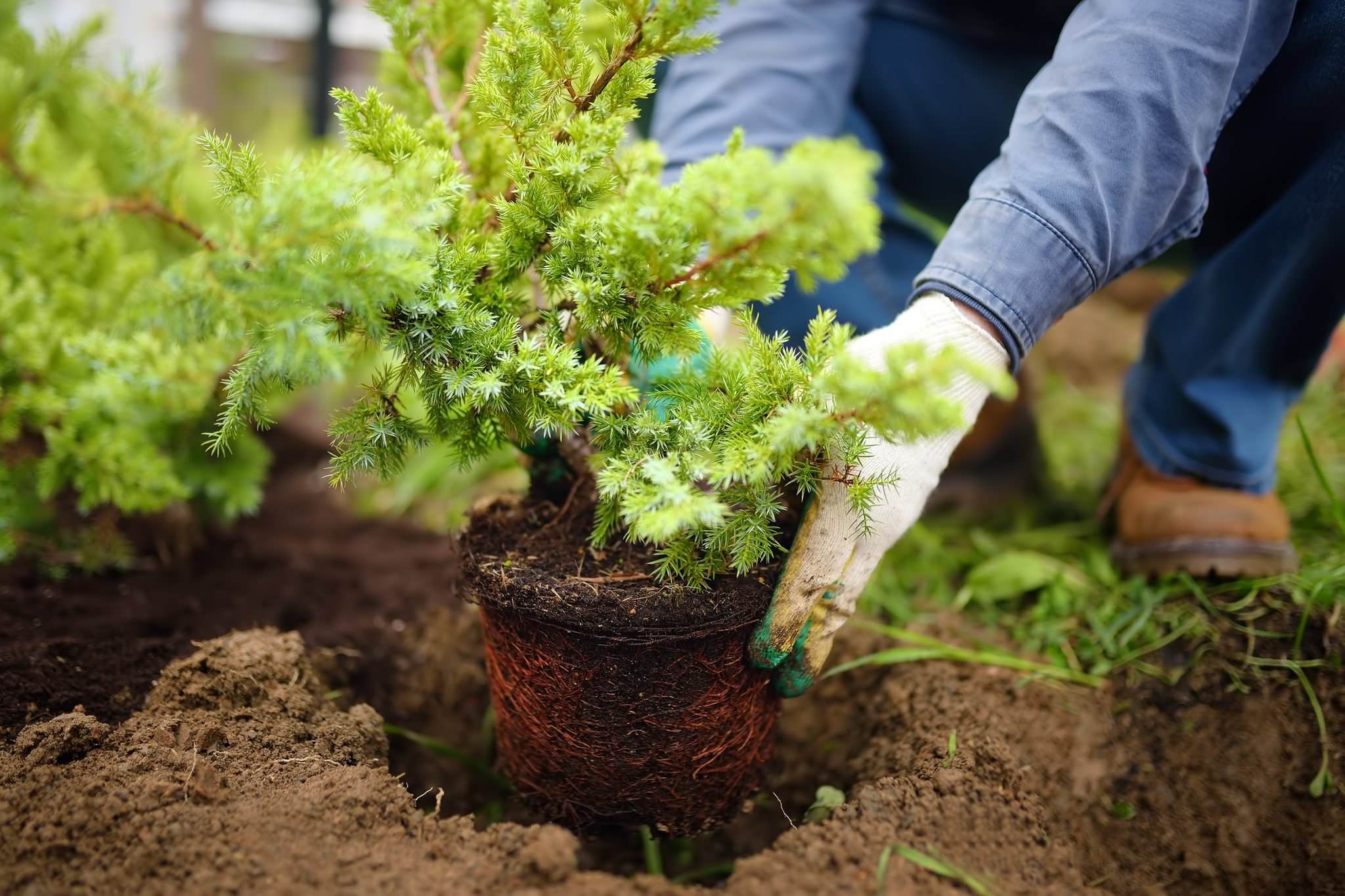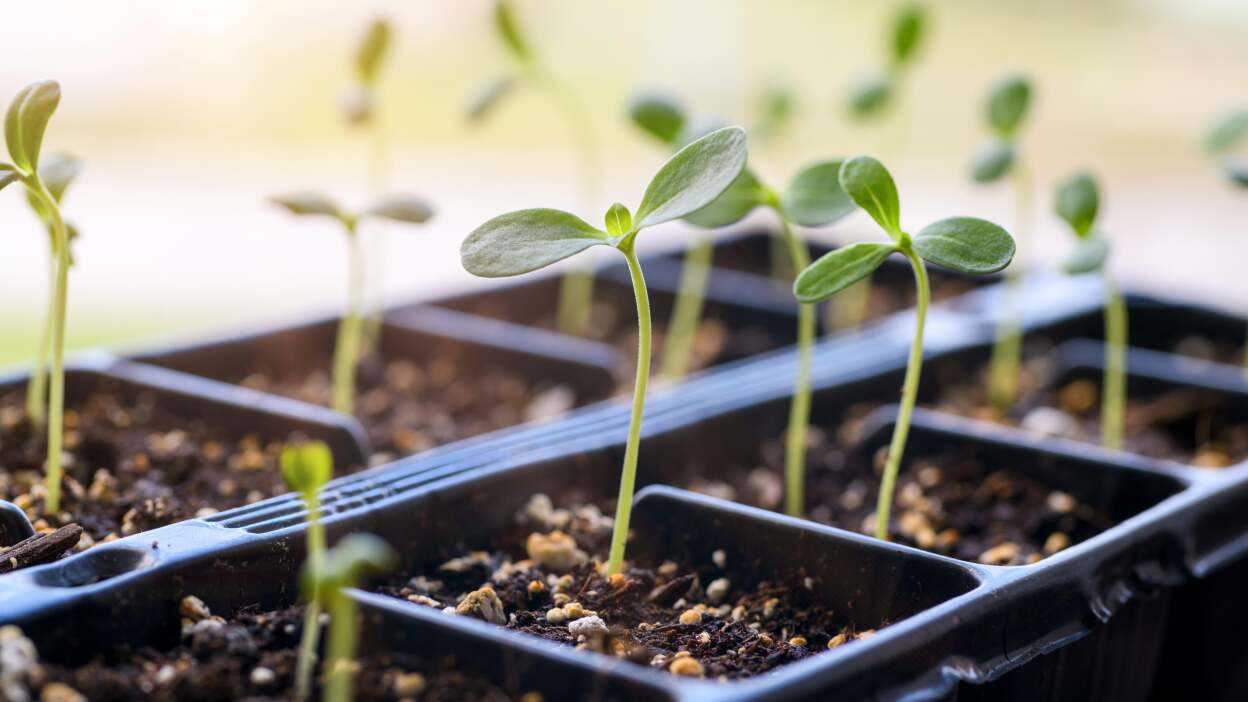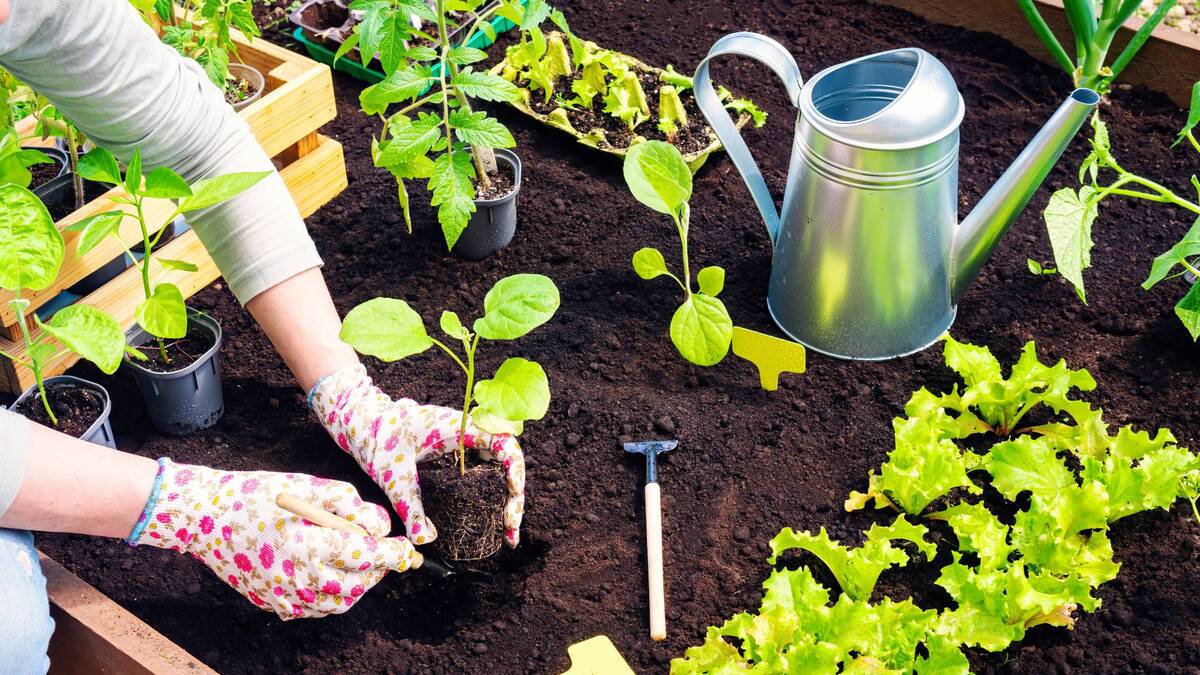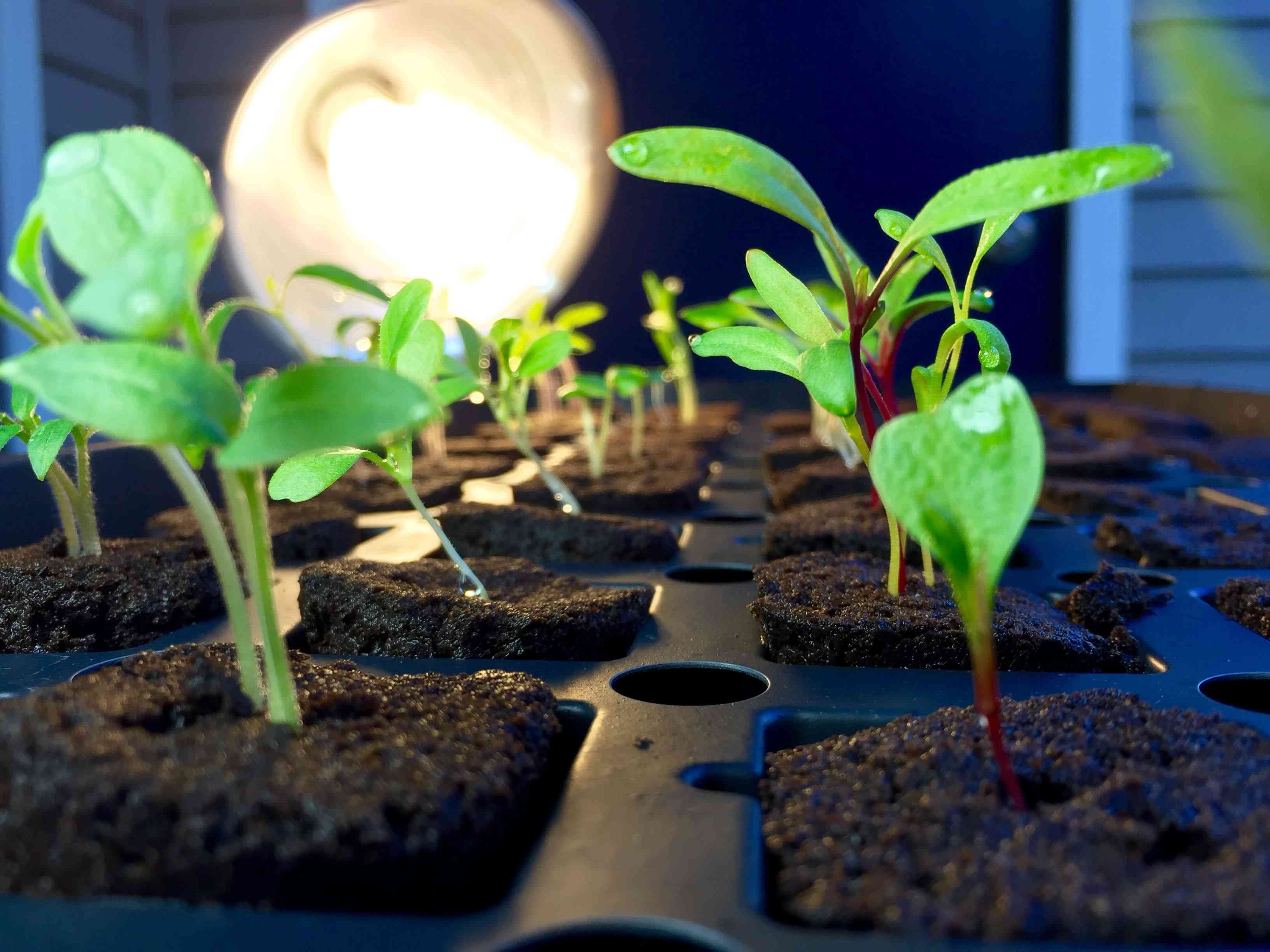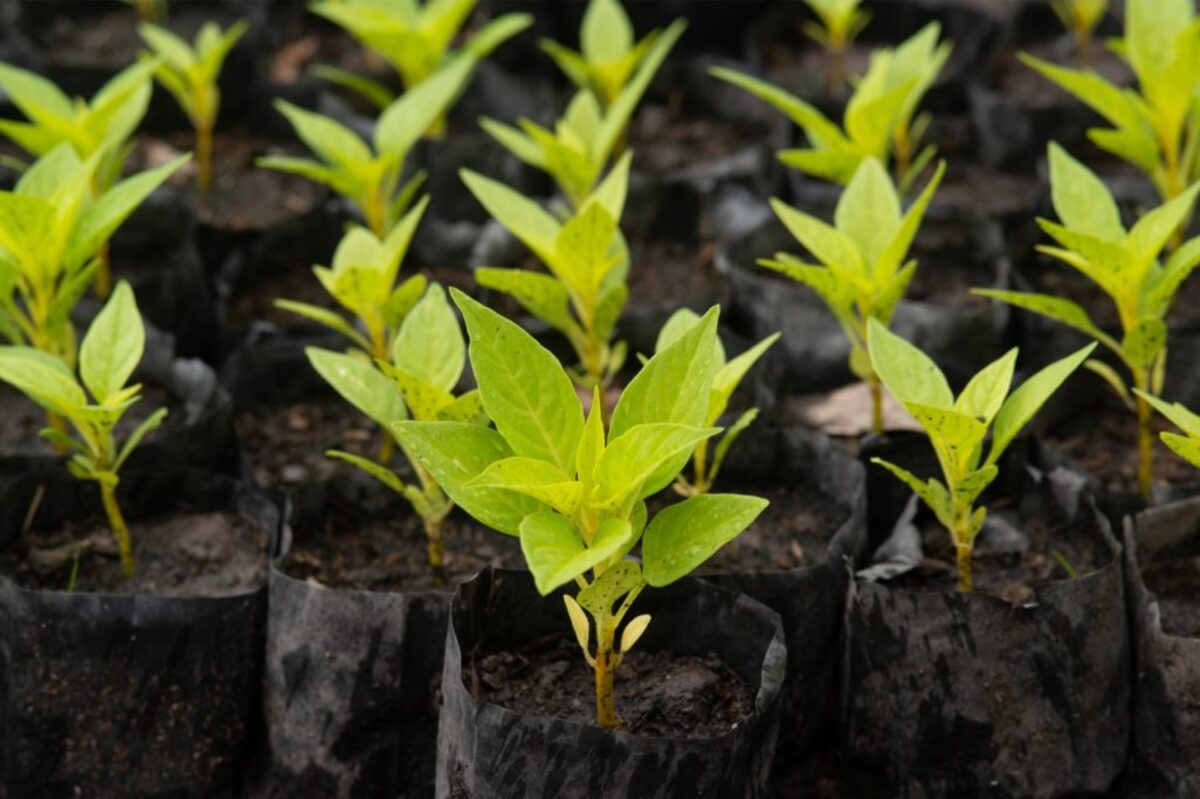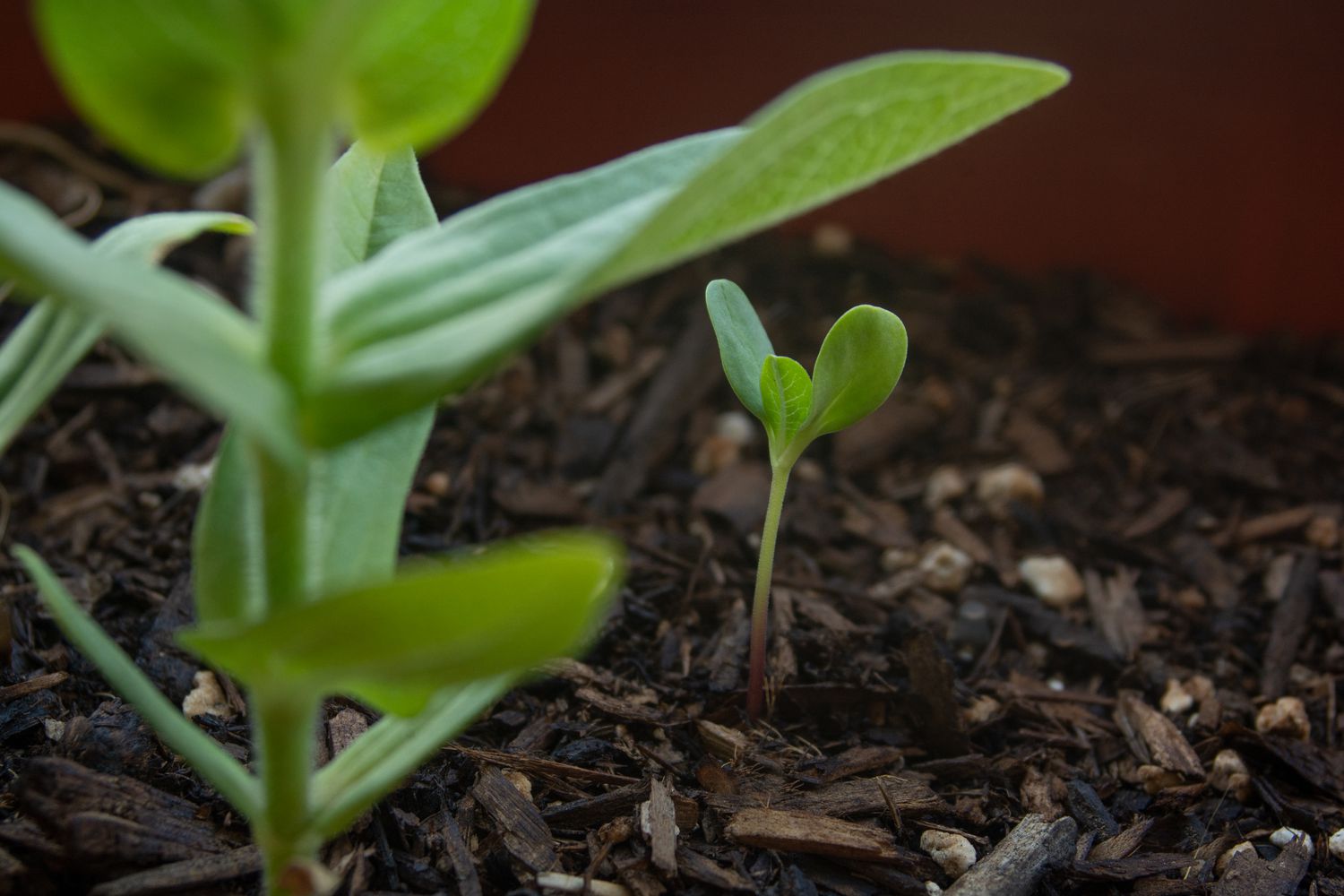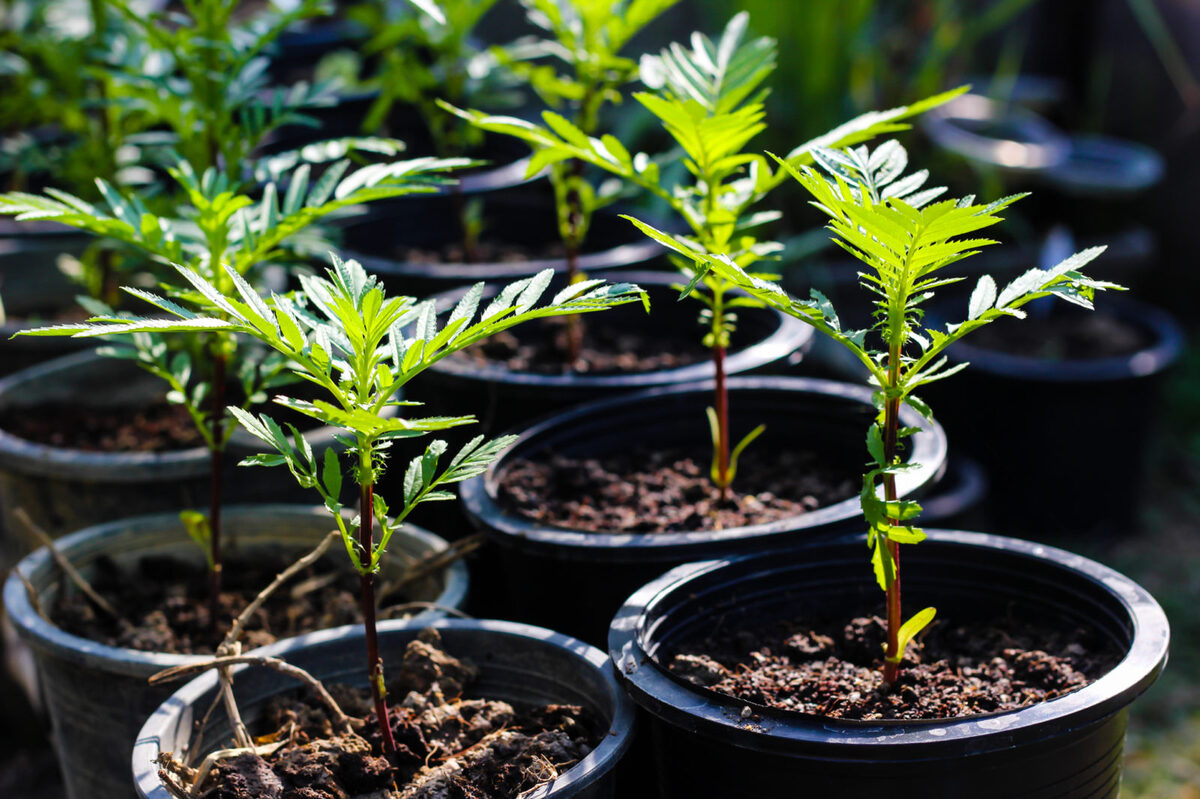Home>Types of Gardening>Ornamental Gardening>Can You Transplant Daffodils When They Are Blooming


Ornamental Gardening
Can You Transplant Daffodils When They Are Blooming
Modified: January 22, 2024
Learn the proper way to transplant daffodils during their blooming season with our expert tips in ornamental gardening. Enhance your garden's beauty effortlessly.
(Many of the links in this article redirect to a specific reviewed product. Your purchase of these products through affiliate links helps to generate commission for Chicagolandgardening.com, at no extra cost. Learn more)
Table of Contents
- Introduction
- Factors to Consider before Transplanting Blooming Daffodils
- Transplanting Daffodils during Blooming Season: Pros and Cons
- Step-by-Step Guide for Transplanting Blooming Daffodils
- Caring for Transplanted Blooming Daffodils
- Frequently Asked Questions about Transplanting Blooming Daffodils
- Conclusion
Introduction
Transplanting daffodils can be a rewarding gardening experience, allowing you to rearrange your garden or make space for new additions. However, the question remains, can you transplant daffodils when they are blooming? Many gardeners are hesitant to disturb blooming flowers, fearing that it may harm or even kill the plant. In this article, we will explore the factors to consider before transplanting blooming daffodils, the pros and cons of transplanting during the blooming season, and provide you with a step-by-step guide on how to successfully transplant blooming daffodils.
Daffodils, with their vibrant yellow or white blooms, are a delightful sight that brings cheer and beauty to any garden. They typically bloom in early spring, carpeting the landscape with their colorful display. The blooming period is when the daffodil plant is at its peak, and their flowers are fully open, showcasing their enchanting beauty. It is understandable why gardeners may hesitate to disturb this picturesque scene.
Before diving into the process of transplanting blooming daffodils, it is essential to consider several factors. First and foremost, you need to evaluate the health of the daffodil plant. If the plant is struggling, diseased, or showing signs of distress, it may not be the best candidate for transplantation, especially during the blooming season. It is advisable to prioritize the well-being of the plant over personal preferences.
Another factor to consider is the time of the blooming season. Daffodil bulbs require time to replenish their energy after blooming, allowing them to store nutrients for the following year. Transplanting them too late in the blooming season may disrupt this process, affecting their ability to bloom in the subsequent year. It is important to choose the right time to ensure the successful adaptation and future growth of the daffodil bulbs.
Transplanting blooming daffodils can also be influenced by external factors such as climate and weather conditions. If you live in an area with harsh winters or extreme temperatures, it is advisable to wait until after the blooming season to avoid potential damage to the plant and to give it the best chance of survival.
In the following sections, we will explore the pros and cons of transplanting blooming daffodils, providing you with a comprehensive guide to ensure the success of your gardening endeavors.
Factors to Consider before Transplanting Blooming Daffodils
Transplanting blooming daffodils requires careful consideration to ensure the health and vitality of the plants. While it is possible to transplant them during the blooming season, there are several factors that should be taken into account before proceeding.
1. Health of the Daffodil Plant:
Before transplanting blooming daffodils, it is crucial to assess the overall health of the plant. If the plant appears weak, diseased, or damaged, it may not be suitable for transplantation. It is recommended to prioritize the well-being of the plant and focus on improving its health before considering any transplanting efforts.
2. Timing:
The timing of the blooming season plays a significant role in transplanting daffodils. It is essential to choose the right time to minimize stress and maximize their chances of successful adaptation. Transplanting daffodils too late in the blooming season can disrupt the plant’s ability to replenish energy and store nutrients for the following year’s blooms. Aim to transplant them after the blooming season but before the foliage fully withers.
3. Climate and Weather Conditions:
The climate and weather conditions in your region can impact the success of transplanting blooming daffodils. If you live in an area with harsh winters or extreme temperature fluctuations, it may be preferable to wait until after the blooming season to transplant the daffodils. This will avoid potential damage to the plant and provide a more favorable environment for their successful establishment.
4. Preparation and Site Selection:
Before transplanting blooming daffodils, you need to prepare the new planting site. Choose a location that matches the specific sunlight and soil requirements of the daffodils. Prepare the soil by removing any weeds or debris and adding organic matter to provide a fertile environment for the plants to thrive.
5. Transplanting Method:
When transplanting blooming daffodils, it is important to use a gentle and careful approach to minimize disturbance to the plant’s root system. Dig a wide and shallow hole around the bulb, ensuring that you do not damage any existing roots. Lift the daffodil clumps carefully, preserving as much soil around the roots as possible.
By carefully considering these factors before transplanting blooming daffodils, you can increase the chances of a successful transition and ensure the continued growth and vitality of your daffodil plants.
Transplanting Daffodils during Blooming Season: Pros and Cons
Transplanting daffodils during the blooming season is a gardening practice that can be both advantageous and challenging. While it is generally recommended to transplant bulbs during their dormant stage, there are situations where transplanting blooming daffodils can be beneficial. Here are some pros and cons to consider before undertaking this task:
Pros:
- Immediate Impact: Transplanting blooming daffodils allows you to instantly enjoy their beauty in a different location. It can provide a quick transformation to your garden and add color and vibrancy to new areas.
- Instant Reshaping of Garden Design: If you are planning to rearrange your garden layout or create new flower beds, transplanting blooming daffodils during their blooming season can help you visualize the final look and make adjustments as needed.
- Increased Blooming Time: By transplanting blooming daffodils, you can extend their blooming period in your garden. This can be particularly useful if you want to have continuous blooms throughout the season or add bursts of color to specific areas at different times.
Cons:
- Potential Stress and Transplant Shock: Transplanting blooming daffodils can be stressful for the plants as their energy is focused on producing and maintaining blooms. The process of transplantation can disrupt their growth and cause transplant shock, leading to reduced vigor and potential damage to the plants.
- Chance of Reduced Blooming in the Following Year: Transplanting blooming daffodils during their blooming season may affect their ability to store adequate nutrients for the following year. This can result in reduced or skipped blooming in the subsequent season.
- Greater Care and Maintenance: Transplanted blooming daffodils require extra care and attention to ensure their successful establishment. They may require more watering, protection from extreme weather conditions, and regular monitoring to ensure their proper growth and development.
It is important to weigh the pros and cons before deciding to transplant blooming daffodils. Consider the specific circumstances of your garden, the health and vigor of the daffodil plants, and your gardening goals. If the benefits outweigh the potential drawbacks and you are equipped to provide the necessary care, transplantation during the blooming season can be a rewarding experience that adds beauty and diversity to your outdoor space.
Step-by-Step Guide for Transplanting Blooming Daffodils
Transplanting blooming daffodils requires careful planning and execution to ensure the health and success of the plants. Here is a step-by-step guide to help you through the process:
- Choose the Right Time: Transplanting blooming daffodils is best done after the blooming season but before the foliage withers. This allows the plants to replenish their energy before they go dormant.
- Prepare the New Planting Site: Select a well-draining location with partial to full sunlight. Prepare the soil by removing weeds, rocks, and debris. Incorporate organic matter, such as compost or well-rotted manure, to improve soil fertility.
- Carefully Dig Around the Bulbs: Use a garden fork or shovel to dig around the daffodil clumps, keeping a wide and shallow hole. Be cautious not to damage the bulbs or roots.
- Lift and Separate the Clumps: Gently lift the daffodil clumps from the soil, trying to keep as much soil intact as possible. Separate any large clumps into smaller divisions by gently pulling them apart.
- Plant the Daffodil Bulbs: Dig a hole in the new planting site, deep enough to accommodate the bulb with its roots. Place the bulb in the hole, ensuring that the pointed end faces upwards. Cover the bulb with soil, firming it gently around the bulb to remove any air pockets.
- Water and Mulch: After planting, water the newly transplanted daffodils thoroughly. This will help settle the soil around the bulbs and encourage root establishment. Apply a layer of mulch, such as straw or wood chips, to help conserve moisture and suppress weed growth.
- Monitor and Care: Regularly water the transplanted daffodils during dry periods, ensuring that the soil remains evenly moist. Protect the plants from extreme weather conditions, such as frost or strong winds. Remove any weeds or competing vegetation around the daffodils.
- Post-Transplant Fertilization: Feed the transplanted daffodils with a balanced slow-release bulb fertilizer according to the package instructions. This will provide the necessary nutrients for their growth and development.
- Continue Maintenance: After transplanting, provide ongoing care to the daffodils, including regular watering, monitoring for pests or diseases, and removing spent flowers and foliage after they wither.
Following these steps will help ensure the successful transplantation of blooming daffodils and promote their continued growth and beauty in their new location. Remember to be patient and provide the necessary care and attention for the transplanted daffodils to establish themselves.
Caring for Transplanted Blooming Daffodils
After transplanting blooming daffodils, it is crucial to provide them with proper care to ensure their continued health and vitality. Here are some essential tips for caring for transplanted daffodils:
- Watering: Adequate and consistent watering is essential for the establishment of transplanted daffodils. Water the plants regularly, especially during dry periods, to keep the soil evenly moist. Be cautious not to overwater, as excessive moisture can lead to rotting of the bulbs.
- Monitoring: Keep an eye on the transplanted daffodils for signs of stress, such as wilting or yellowing leaves. Monitor for pests and diseases, and take necessary measures to mitigate any issues that may arise.
- Deadheading: Once the blooms have faded, remove the spent flowers by cutting the stems close to the base. This will prevent energy from being wasted on seed production and encourage the plant to channel its resources towards bulb development.
- Fertilization: Fertilize transplanted daffodils annually with a balanced bulb fertilizer in early spring or as recommended on the fertilizer packaging. This will provide the necessary nutrients for their growth and promote vigorous blooms in the following year.
- Mulching: Apply a layer of organic mulch, such as straw or wood chips, around the daffodil plants. Mulching helps to conserve moisture, regulate soil temperature, suppress weed growth, and provide an aesthetically pleasing appearance to the garden bed.
- Protection from Extreme Weather: Shield transplanted daffodils from harsh weather conditions, such as strong winds or heavy frost. Consider using protective covers, such as frost blankets or windbreaks, to safeguard the plants during vulnerable periods.
- Dividing and Transplanting: Over time, daffodil bulbs may multiply and become crowded. When this happens, consider dividing and transplanting them every few years to maintain their vigor and prevent overcrowding. Follow the same transplanting procedures mentioned earlier.
- Long-Term Care: Continue to provide ongoing care for the transplanted daffodils, including regular watering, monitoring for pests or diseases, and removing faded foliage in late spring or early summer. This will help maintain the health and appearance of the plants.
By following these care guidelines, you can ensure the longevity and success of your transplanted blooming daffodils. With proper care, these delightful flowers will continue to bring joy and beauty to your garden for years to come.
Frequently Asked Questions about Transplanting Blooming Daffodils
Transplanting blooming daffodils can be a perplexing task, and gardeners often have questions regarding the process. Here are some frequently asked questions and their answers to help you navigate through the transplanting process:
- Can I transplant daffodils while they are in bloom?
Yes, it is possible to transplant daffodils while they are in bloom. However, keep in mind that transplanting during the blooming season can be stressful for the plants and may affect their future blooming capabilities. - Will transplanting blooming daffodils harm the plants?
Transplanting blooming daffodils can cause stress and potential transplant shock. While it may not harm the plants irreparably, it can affect their overall health and blooming potential in the following years. - When is the best time to transplant blooming daffodils?
The best time to transplant blooming daffodils is after the blooming season when the foliage is still green but the flowers have faded. This allows the plants to replenish their energy reserves before going dormant. - Can I transplant blooming daffodils to a different location?
Yes, you can transplant blooming daffodils to a different location. However, ensure that the new location meets the sunlight and soil requirements of the daffodils. Prepare the new planting site before transplanting. - Will transplanting blooming daffodils affect their blooming next year?
Transplanting blooming daffodils may disrupt their ability to store enough energy for the following year’s blooms. This may result in reduced or skipped blooming in the subsequent season. - How do I minimize transplant shock when moving blooming daffodils?
To minimize transplant shock, ensure that you dig around the bulbs carefully, keeping as much soil around the roots as possible. Handle the daffodil clumps gently and transplant them immediately into the prepared new planting site. - How often should I water transplanted blooming daffodils?
Water transplanted blooming daffodils regularly, especially during dry periods, to keep the soil evenly moist. Avoid overwatering, as excessive moisture can lead to bulb rot. - Can I divide and transplant blooming daffodils?
Yes, you can divide and transplant blooming daffodils to prevent overcrowding and maintain their health. Dividing and transplanting should be done during the dormant season to minimize stress on the plants.
By understanding these frequently asked questions, you can navigate the process of transplanting blooming daffodils more confidently and ensure the success of your gardening endeavors.
Conclusion
Transplanting blooming daffodils can be a challenging but rewarding endeavor for gardeners. While it is generally recommended to transplant bulbs during their dormant stage, there are circumstances where transplanting blooming daffodils can be successful. However, it is important to remember that this practice may cause stress and transplant shock to the plants, potentially affecting their overall health and future blooming capabilities.
Before deciding to transplant blooming daffodils, consider factors such as the health of the plants, the timing of the blooming season, climate conditions, and proper site preparation. By carefully planning and following the step-by-step guide, you can increase the chances of successful transplanting and ensure the continued growth and beauty of your daffodils in their new location.
After transplanting blooming daffodils, provide ongoing care such as proper watering, monitoring for pests and diseases, deadheading spent flowers, fertilizing, and protecting the plants from extreme weather conditions. This will help promote their establishment, growth, and future blooming.
Remember to be patient and give the transplanted daffodils time to adapt and thrive in their new environment. With proper care and attention, they will continue to bring beauty, vibrancy, and the joy of spring to your garden for years to come.
